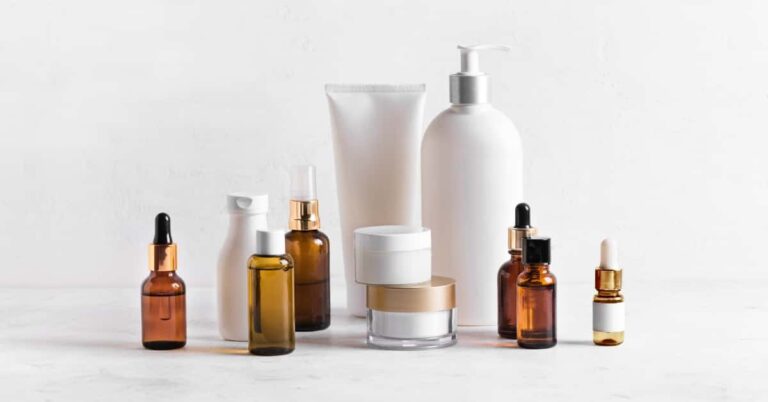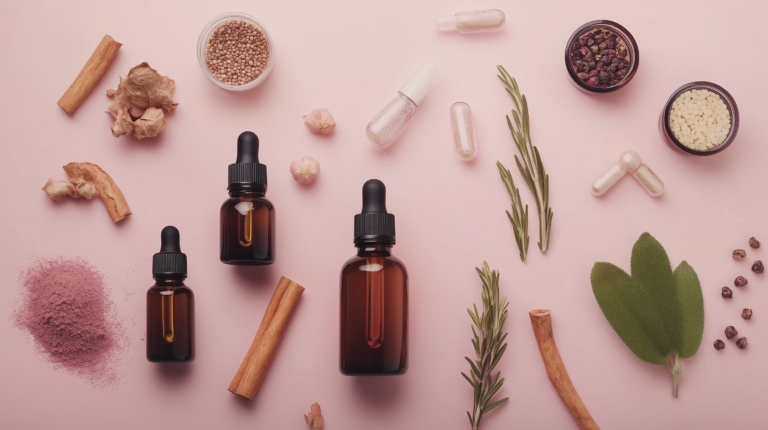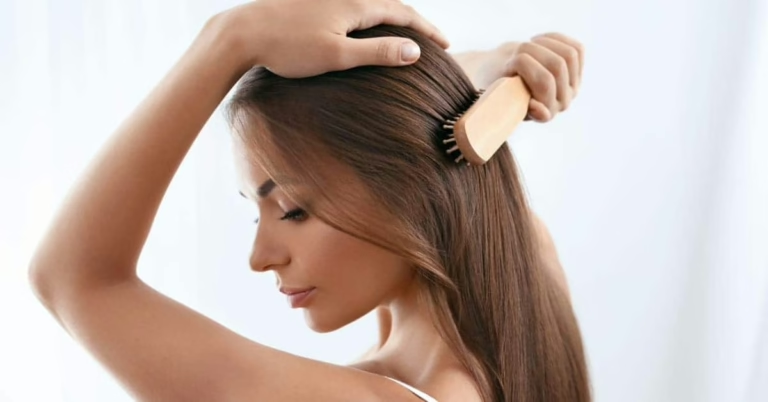Shift Workers Skincare: Day/Night Swap
Clock-Flipped Skin Struggles
You clock in when most of India is logging off. By 3 a.m. the AC is Arctic, the fluorescents buzz overhead, and your face feels both greasy and parched. Sound familiar? If late-night BPO calls, ICU rounds, or coding sprints leave you battling dullness, breakouts, or “shift-face” shadows, you’re not alone. Circadian chaos shoves your skin out of sync—but a simple routine swap can pull it back. Keep reading and you’ll walk away with a ready-to-use playbook that fits any budget, any city climate, and your upside-down timetable.
Why Shift Work Wrecks Skin
Your skin follows its own 24-hour clock. Daytime is “defence mode”: oil production rises, antioxidants peak, and your acid mantle fends off pollution. Night is “repair mode”: micro-damage is patched, hydration is restored, and collagen gets built. Constant night shifts scramble those signals. Research shows transepidermal water loss (TEWL) and barrier repair rhythms flatten when circadian timing is disrupted, leaving skin leakier and more inflamed PMC. Add melatonin-suppressing overhead lights BMJ Open Quality, junk-food breaks, and sleep debt, and you have a perfect storm for acne, sensitivity, and premature lines.

Skin Biology 101: Circadian Rhythm & Barrier Repair
Think of your epidermis as a call-centre shift roster. During “office hours” (sunlight), antioxidant enzymes and DNA-repair proteins are on standby to counter UV and pollution. After dark, the repair crew clocks in, led by keratinocyte stem cells and fibroblasts building collagen. A 2024 literature review confirms that genes controlling these tasks follow strict timing; disrupting them accelerates ageing and inflammation. Shift work flips the lights but not the genes: cortisol peaks at the wrong time, melatonin bottoms out, and skin misses its nightly overhaul. That’s why restoring timing—not just products—matters.

Solution Snapshot: The Day/Night Swap Playbook
Good news: you don’t need a 12-step K-beauty closet. You only need to swap the order of “day” and “night” care to match your personal solar cycle, then sprinkle quick fixes during the shift. Three phases do the trick:
- Phase 1 — “Morning” (pre-shift): Antioxidant + broad-spectrum SPF even if the sun is down.
- Phase 2 — Mid-shift mini-care: Hydration bursts, oil control, and blue-light shields.
- Phase 3 — “Evening” (post-shift): Deep cleanse, barrier repair, targeted actives.
Let’s break it down step by step.

“Morning” Before Your Night Shift
- Double-cleanse (2 min). A light micellar wipe followed by a pH-balanced gel removes leftover sebum without stripping.
- Antioxidant serum (30 sec). Look for 10 % vitamin C + ferulic or amla extract; antioxidants fight blue-light oxidative stress.
- Hydrating essence (30 sec). Choose glycerin + rice water for humid coastal cities; pick panthenol + beta-glucan if you’re in dry Gurgaon AC.
- Moisturiser (1 min). Lightweight gel-cream with niacinamide calms shift-induced redness.
- SPF 50 PA++++ (1 min). Yes, even at midnight. Fluorescent tubes and phone screens emit low-level UVA and blue light; long-term indoor exposure adds a small but measurable skin-cancer risk. Opt for a non-greasy, hybrid mineral base so it won’t clog pores.
Budget picks:
- Drugstore: Minimalist Multi-Peptide SPF 50 (₹449)
- Mid-range: Dr Sheth’s Cica & Ceramide Sunscreen (₹699)
Mid-Shift Micro-Fixes
- Hydrating mist every 3 h. Store-brand rose water or 0.8 % hyaluronic sprays add dew without ruining makeup.
- Blot, don’t wash. Over-cleansing spikes oil rebound. Use rice-paper blot sheets.
- Desk barrier. A mini desk plant raises humidity by ~4 %, reducing TEWL.
- Blue-light shield. Switch devices to “night mode” and install free f.lux software; strategic lighting improves alertness and skin stress.
- Caffeine-smart sip. Drop the 2 a.m. energy drink; swap to room-temp coconut water or tulsi green tea to curb cortisol spikes.

“Evening” After Your Shift Ends
- Oil cleanse. Dissolve SPF and pollution with cold-pressed sesame or a fragrance-free cleansing oil.
- Gentle foaming wash. pH 5.5 non-sulfate cleanser removes residue; avoid granule scrubs.
- Ceramide or centella toner. Restores barrier lipids and soothes micro-inflammation.
- Active treatment.
- Early 20s / acne-prone: 0.3 % adapalene or bakuchiol (pregnancy-safe).
- 30s / dullness: 0.15 % retinaldehyde or 6 % AHA but only 3 nights a week.
Always patch-test and buffer with moisturiser to avoid irritation.
- Early 20s / acne-prone: 0.3 % adapalene or bakuchiol (pregnancy-safe).
- Seal with sleep mask. Even at 9 a.m. blackout curtains + a peptide-rich occlusive keep hydration up while you sleep.
Pro tip: Cold brew a handful of neem leaves, freeze into cubes, and swipe post-cleanse twice a week—it’s a frugal anti-bacterial for humid metros.

Lifestyle Boosters That Multiply Results
- Strategic lighting: Switch to warm-white LED bulbs (< 3000 K) at home; dim them an hour before sleep.
- Blackout curtains + eye mask to restore melatonin.
- 20-min pre-dusk walk (think 5 p.m. IST for day sleepers) resets peripheral clocks and tightens glycation-loosened collagen.
- Meal timing: Front-load protein (paneer wrap, boiled chana) at “breakfast” 7 p.m. to aid overnight skin repair.
- OTC melatonin 3 mg may improve sleep latency; consult a doctor first.
Real-Life Case: ICU Nurse Ananya, 32
Ananya works four consecutive 7 p.m.–7 a.m. shifts in a Delhi hospital. She suffered papular breakouts and flaky cheeks despite oily T-zone. After adopting the Day/Night Swap Playbook:
| Week | Visible changes |
| 1 | Less tightness post-shift; redness down 20 % (phone selfie analysis). |
| 2 | Fewer whiteheads on chin; colleagues notice “fresher” look. |
| 4 | TEWL patch test shows 12 % improvement; spots heal faster. |
Quote: “The biggest win was wearing SPF at night. I thought it was pointless—now I see fewer dark marks.” Her dermatologist confirmed barrier metrics improved markedly.
Common Shift-Skin Myths—Busted!
- “No sun, no sunscreen.” Indoor UVA/blue light still ages skin.
- “Splashing water often keeps oil down.” It strips natural lipids, causing rebound grease.
- “Coffee = alert + better skin.” Excess caffeine raises cortisol, worsening acne.
- “Night creams are useless at 8 a.m.” Your body clock matters more than the wall clock.
- “LED monitors don’t harm skin.” Blue-light pigmentation risk is real for medium-dark tones.

Swipe-Save Checklist & Routine Table
Download a printable 1-page cheat sheet with:
- Product steps by budget tier
- Shift-timed reminders (add to Google Calendar)
- Ingredient glossary in Hindi & English
- Space to jot personal tweaks
FAQ: Your Top Day/Night Swap Doubts
Q1. Do I need expensive serums?
No. Coconut oil (cleansing) + aloe gel + budget sunscreen beat fancy jars if used consistently.
Q2. I work rotating shifts—how do I adjust?
Follow the swap only on nights. On day shifts, revert to normal timing; skin adapts within 48 h.
Q3. Can men use the same routine?
Absolutely. Swap scented creams for lightweight gels; steps stay identical.
Q4. Will melatonin tablets clear my skin?
They improve sleep quality—not a direct acne fix. See a physician before starting.
Q5. How long before I see results?
Barrier improvement often shows in 7 days; pigment and texture need 4–8 weeks with steady use.
Final Thoughts & 7-Day Challenge
Your upside-down schedule doesn’t have to mean upside-down skin health. By flipping “day” and “night” care, protecting under office lights, and adding micro-hydration, you’ll start to see calmer, brighter, more resilient skin in just one week. Ready? Screenshot the routine, tag #NightShiftSkinReset, and share your progress—your story could inspire countless other night owls.







